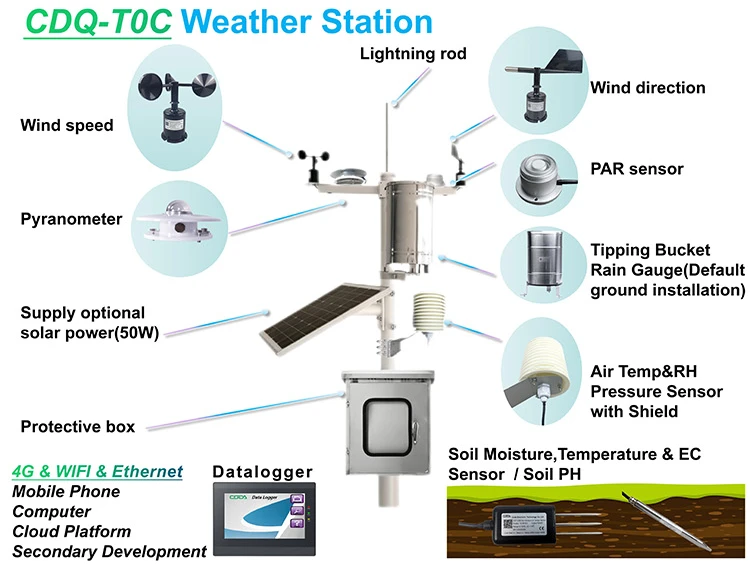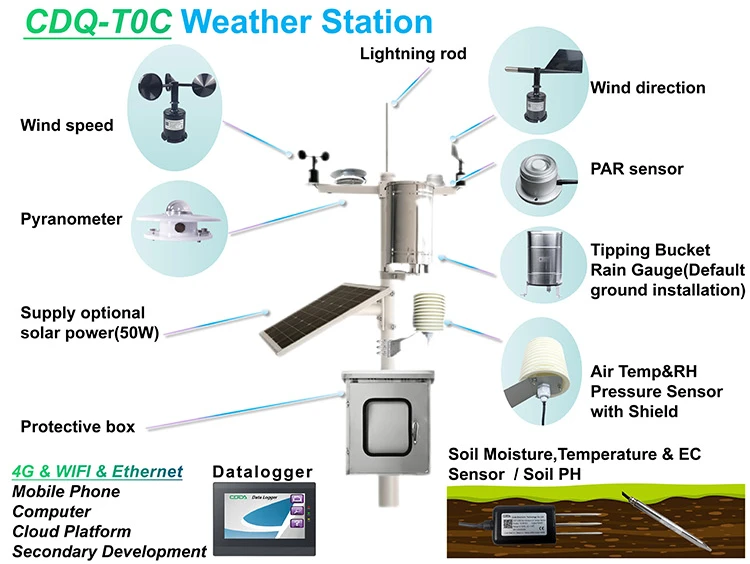
Automatic Weather Station Price Analysis and Market Trends

# Automatic Weather Station Price Analysis and Market Trends
Automatic weather stations (AWS) have become indispensable tools for meteorologists, agricultural experts, and environmental researchers. These systems provide real-time data on various weather parameters, enabling better decision-making and forecasting. However, the automatic weather station price can vary significantly depending on several factors. In this article, we will analyze the pricing trends and market dynamics of AWS.
## Factors Influencing Automatic Weather Station Price
The cost of an automatic weather station is influenced by multiple factors, including:
– **Features and Sensors**: The number and type of sensors integrated into the station play a significant role in determining the price. Stations with advanced sensors for measuring parameters like UV radiation, soil moisture, or wind speed tend to be more expensive.
– **Data Accuracy and Resolution**: High-precision stations with superior data resolution often come at a premium price.
– **Durability and Build Quality**: Weather stations designed for harsh environments, such as coastal or mountainous regions, are built with robust materials, increasing their cost.
– **Connectivity Options**: Stations with advanced connectivity features like cellular, satellite, or IoT integration are priced higher than basic models.
– **Brand and Support**: Established brands with reliable customer support and warranties often charge more for their products.
## Market Trends in Automatic Weather Station Pricing
The automatic weather station market has seen steady growth in recent years, driven by increasing demand from agriculture, aviation, and climate research sectors. Here are some notable trends:
– **Declining Costs of IoT Integration**: With the rise of IoT technology, the cost of integrating smart connectivity into weather stations has decreased, making advanced models more accessible.
– **Increased Competition**: The entry of new manufacturers has led to competitive pricing, benefiting buyers with more affordable options.
– **Customization Options**: Many companies now offer modular AWS systems, allowing users to customize their stations based on specific needs, which can help control costs.
– **Government and Institutional Demand**: Large-scale projects funded by governments or research institutions have driven bulk purchases, often leading to discounted prices for high-end models.
## Price Range of Automatic Weather Stations
The automatic weather station price can range from a few hundred dollars to tens of thousands, depending on the factors mentioned above. Here’s a general breakdown:
– **Basic Models**: Entry-level stations with limited sensors and features typically cost between $500 and $2,000.
– **Mid-Range Models**: These stations offer more sensors, better accuracy, and connectivity options, priced between $2,000 and $10,000.
– **High-End Models**: Professional-grade stations with advanced features, rugged designs, and extensive support can cost upwards of $10,000.
## Conclusion
The automatic weather station price is influenced by a variety of factors, including features, build quality, and market trends. As technology advances and competition increases, buyers can expect more affordable and customizable options. Whether you’re a farmer, researcher, or weather enthusiast, understanding these dynamics can help you make an informed decision when purchasing an AWS.
Keyword: automatic weather station price
Categories: News